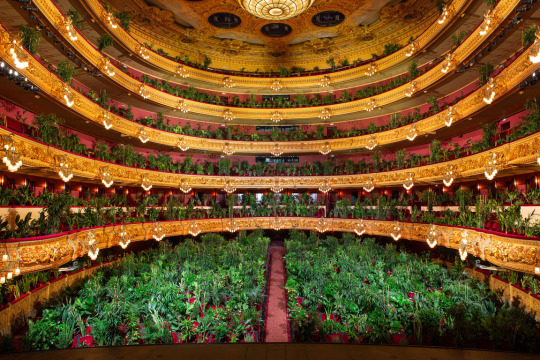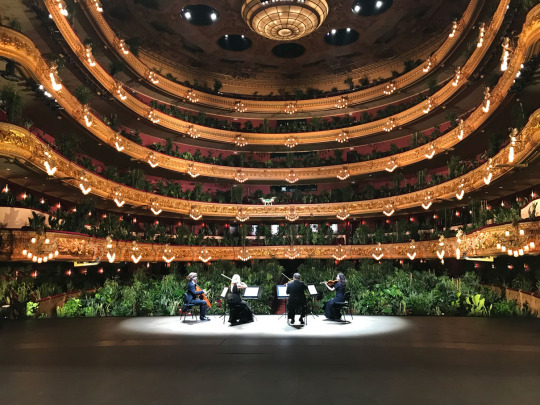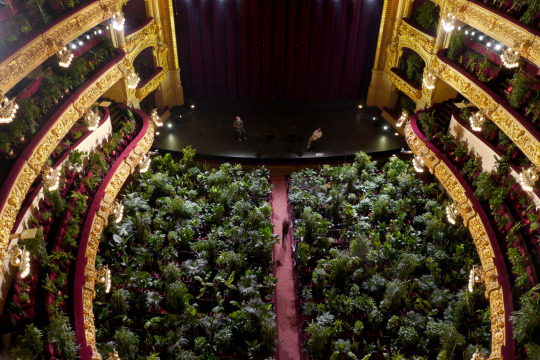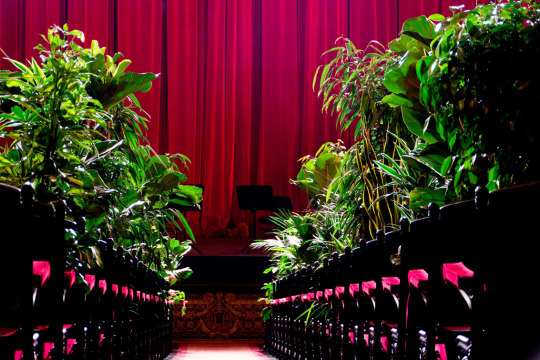Photo

Beirut’s Sursock Museum (est. 1961) following the 4 Aug. 2020′s blast.
> Photo: Dia Mrad.
1K notes
·
View notes
Link
0 notes
Link
ALMOST a thousand years ago, a teacher fell in love with his student. Almost a thousand years ago, they began a torrid affair. They made love in the kitchens of convents and in the boudoir of the girl's uncle. They wrote hundreds of love letters. When the girl bore a child, they were secretly married, but the teacher was castrated by henchmen of the enraged uncle. At her lover's bidding, the girl took religious orders. He took the habit of a monk. They retreated into separate monasteries and wrote to each other until parted by death.
The story of Abelard and Heloise hardly resonates with the spirit of our age. Not least, its origins in the classroom offend: teachers, we know, are not supposed to fall in love with their students. Heloise, moreover, is no feminist heroine, despite having been one of the best educated women of her age and writing some of its most affecting prose. Nobody who takes the veil on the command of her husband and swears "complete obedience" to him can hope to sneak into the bastion of feminism. Today, even the high romance of the couple's liaison strikes us as foreign: all that sacrifice and intensity! We live in a time of broad antiromanticism when teenagers, according to The Times Magazine, have given up on relationships altogether and adults write to the editor to salute their wisdom. "Romance?" scoffed one correspondent. It's just "an excuse . . . to work off sexual energy."
Small wonder, in this climate, that the anguish Abelard and Heloise suffered for each other renders them even more suspect. What with safe sex, prenuptial agreements and emotional air cushions of every stripe, we have almost managed to riskproof our relationships. The notion that passion might comprise not only joy but pain, not only self-realization but self-abandonment, seems archaic. To admire, as an early-20th-century biographer of Abelard and Heloise does, the "beauty of souls large enough to be promoted to such sufferings" seems downright perverse.
And yet there's a grandeur to high-stakes romance, to self-sacrifice, that's missing from our latex-love culture -- and it's a grandeur we perhaps crave to recover. How else to account for the flurry of new writing on these two ill-fated 12th-century lovers?
1 note
·
View note
Photo

Fold-out engraving from Ferrante Imperato's Dell'Historia Naturale (Naples 1599), the earliest illustration of a natural history cabinet.
A cabinet of curiosities - or wunderkammer - stored and exhibited a wide variety of objects and artifacts, with a particular leaning towards the rare, eclectic and esoteric. Through the selection of objects, they told a particular story about the world and its history.
0 notes
Photo




Audience of Plants Madrid-based artist Eugenio Ampudia and the Max Estrella gallery filled Barcelona’s Gran Teatre del Liceu with 2,292 plants as the audience for the opening performance.
2K notes
·
View notes
Audio
0 notes
Photo

Exvoto a Cristo y a la Virgen de los Dolores. 1840. Mexico
Exvoto dedicated to Christ and Our Lady of Sorrows. 1840. Mexico
0 notes
Photo

Esta Es La Vida. Siglo XIX. Mexico
19th Century. This is Life. Mexico.
1 note
·
View note






